UV purification also has a shorter lifespan.
When it comes to purifying water, not all methods are created equal. UV and UF models come in many shapes and sizes and have different price points, but which is the best?
Image source: https://www.amazon.com/
UV systems use ultraviolet light to kill bacteria that could otherwise get into your water. These systems are generally
Image source: https://www.flipkart.com/
cheaper than UF models, but take up more space—making them less convenient for those living in smaller homes or apartments with limited storage space.
Image source: https://www.smartprix.com/
UF or Ultra-Sound technology is a newer alternative to UV PURIFIER cation that uses sound waves to remove contaminants from drinking water.
Image source: https://www.amazon.in/
It’s considered a high-tech water purification system because it uses fewer parts and is more energy efficient than other technologies.
Image source: https://www.snapdeal.com/
UF filtration can remove the same contaminants as UV purification, with the added benefit of getting rid of undesirable odors and tastes in your water.
Image source: https://www.reliancedigital.in/
UF systems are also more compact than UV units, making them ideal for those who live in tight quarters. UF units are made up of fewer pieces which typically makes them easier to install as well.
Image source: https://www.shopclues.com/
UF technology may be a newer way to clean water but there are a few trade-offs you should know about before deciding if this is the right purification method for you.
Image source: https://www.amazon.com/
UV systems are generally more effective at killing bacteria and viruses than UF systems. Ultraviolet light destroys the bacterial cell structure, inhibiting the reproduction of harmful microbes.
Image source: https://www.smartprix.com/
UF systems use “ultrasonic waves” instead of ultraviolet light to sterilize water. These waves have a much shorter range and may not reach deep enough into water to fully decontaminate it – they are most effective against surface-level contaminants like dirt and hair.
Image source: https://www.amazon.in/
UF systems also take up more space than UV units because they need a larger housing that accommodates for the sound waves that travel into your drinking water. This means the housing may not fit in small spaces like under sinks or in small bathrooms.
Image source: https://www.snapdeal.com/
UV and UF systems also differ in how long the water will last prior to needing to be re-filtered. UV systems require more frequent filtration than UF systems, typically every 3-5 months, while UV technology should be replaced by replacing the lamp bulbs, whereas UF replacement filters are available in bulk.
Image source: https://rtings.in/
The lifespan of UV and UF units varies depending on their size and the contaminants they’re designed to clean. For example, a large UV system could last up to 10 years while a smaller one may only last a few years.
Image source: https://www.reliancedigital.in/
As with any water purification system, it’s important to keep the device and its filters clean. This is especially true with UV systems because they’re more likely to grow harmful bacteria than UF units. Poorly maintained systems are more likely to grow harmful microbes than those that have been properly cared for.
Image source: https://www.shopclues.com/
UV and UF water purifiers both have their pros and cons, but ultimately it comes down to your preference of technology. If you need a large purification system that will last a long time then UV may be the way to go, but if you have a small space or want something that’s easy to install then UF may be the better option for you.
Image source: https://www.amazon.com/

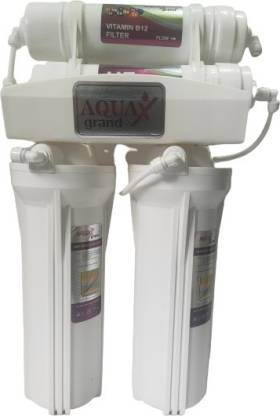
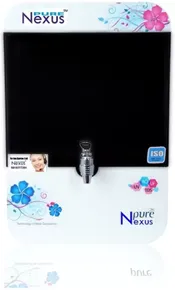

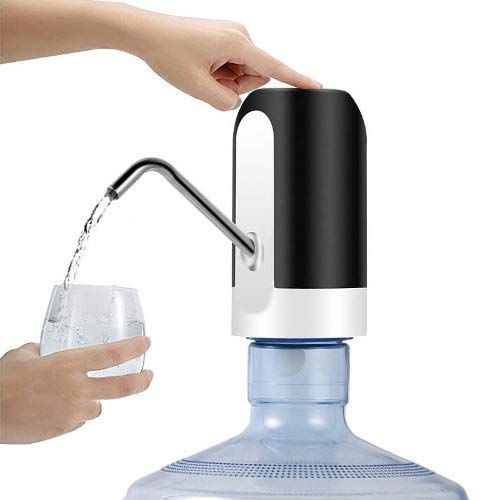


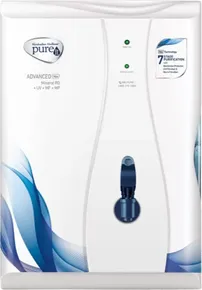

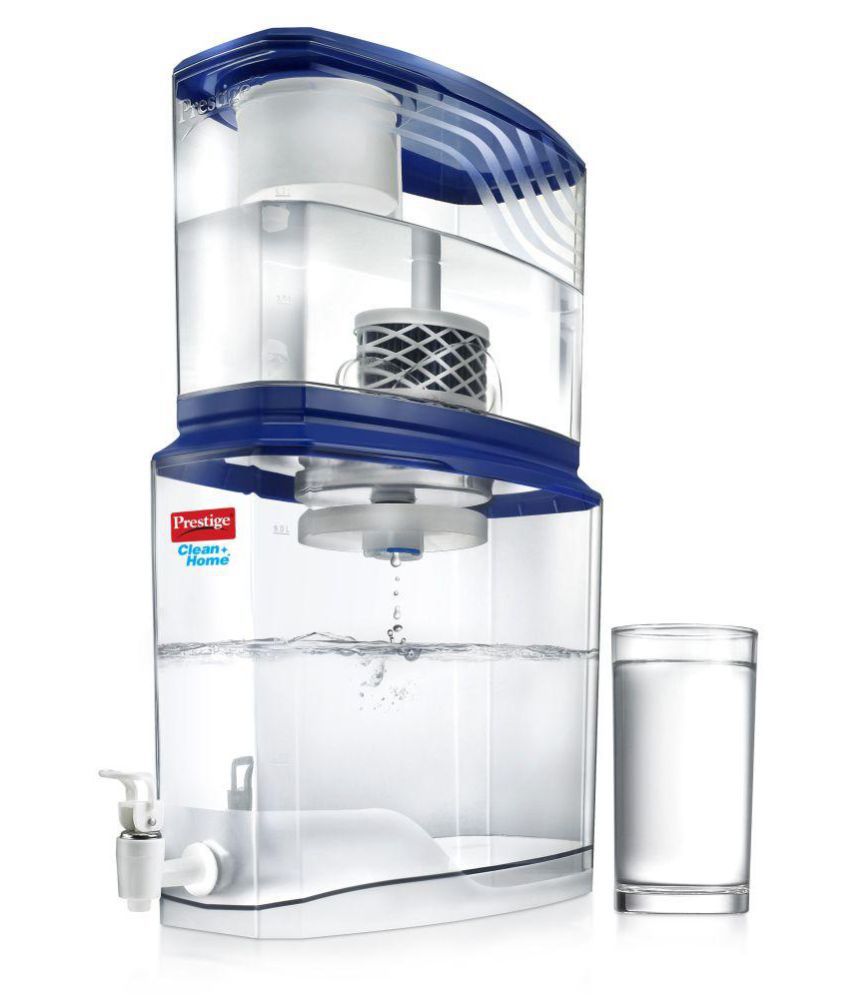



Comments
Post a Comment